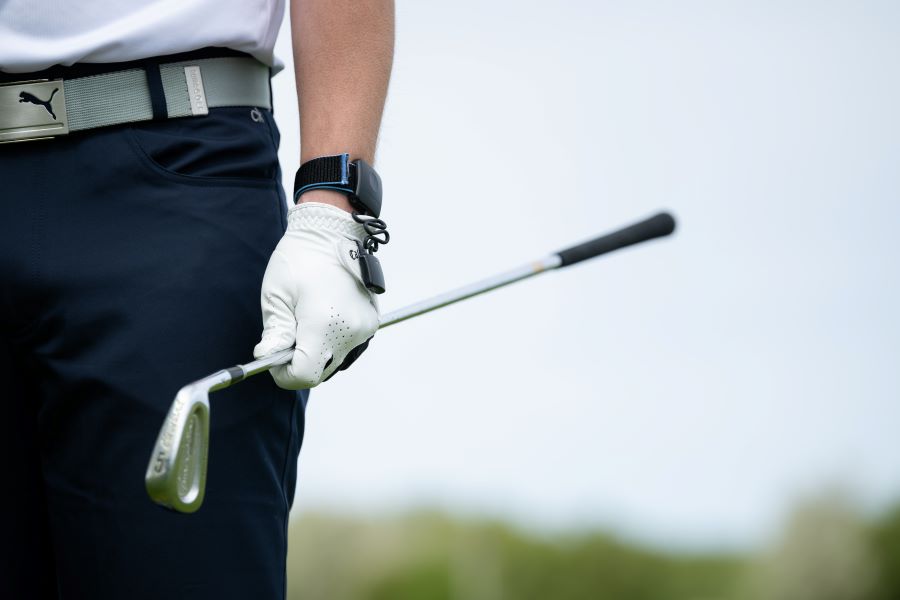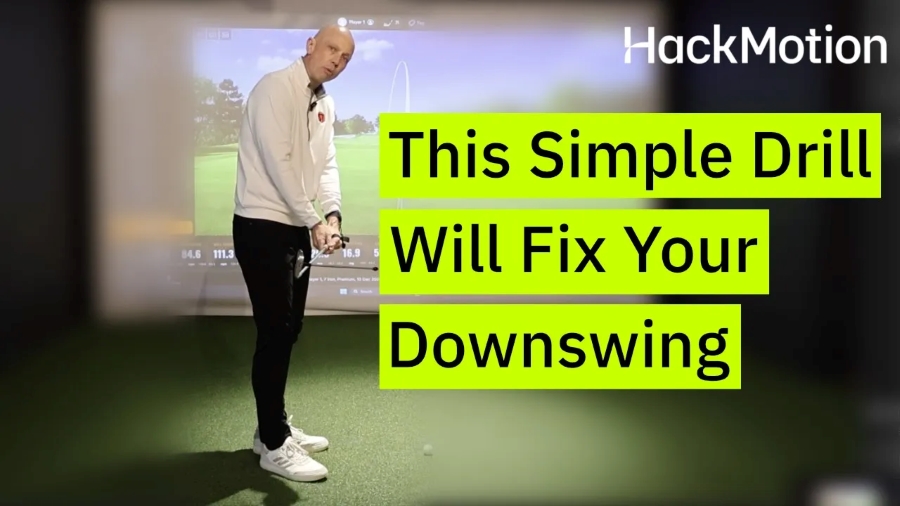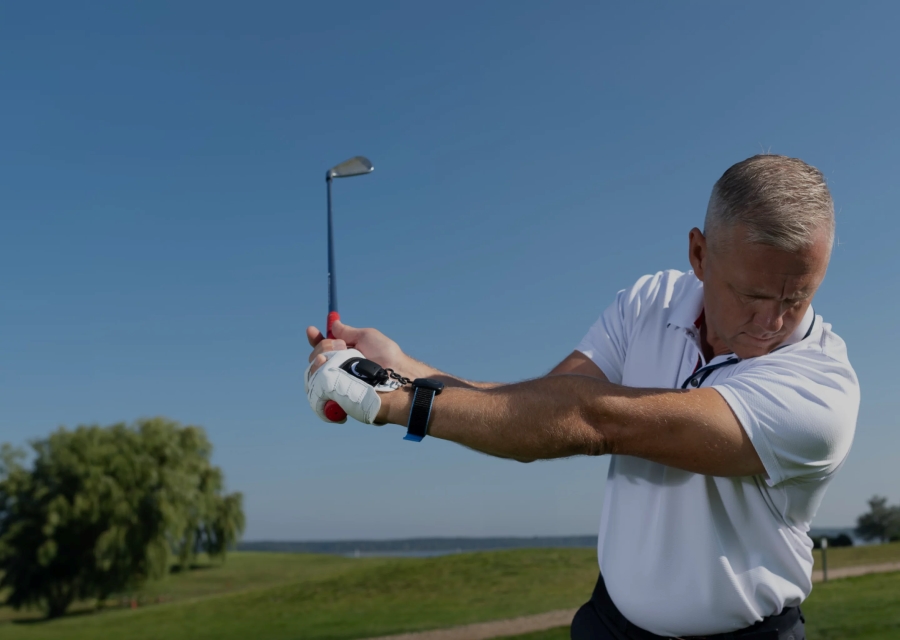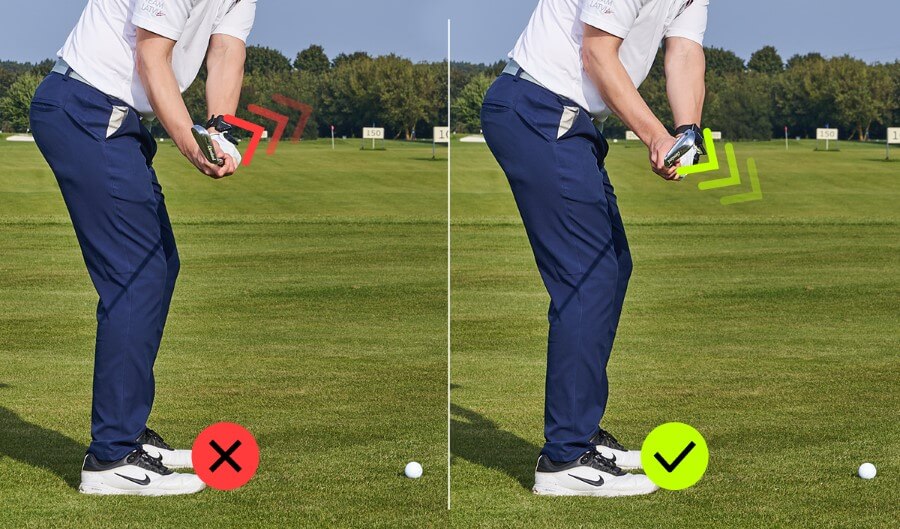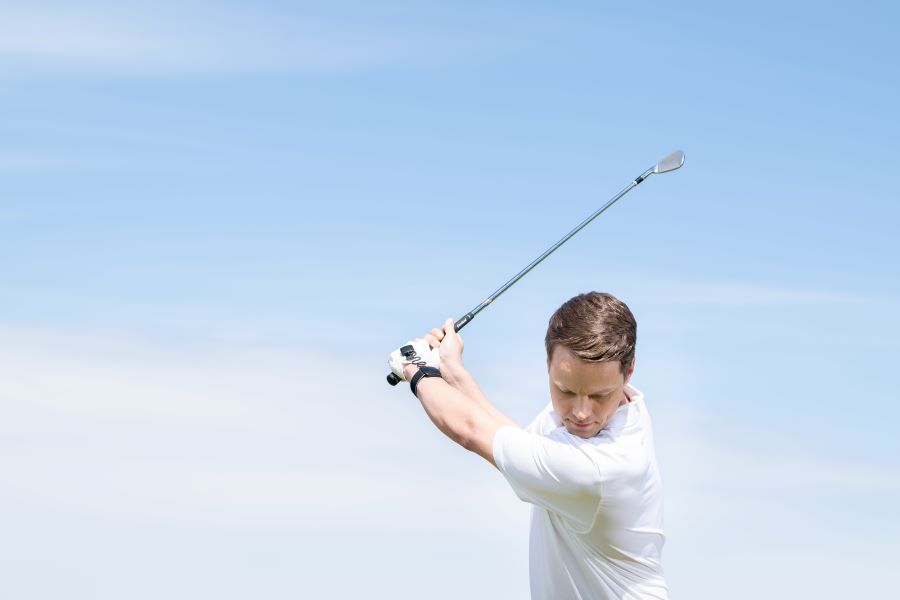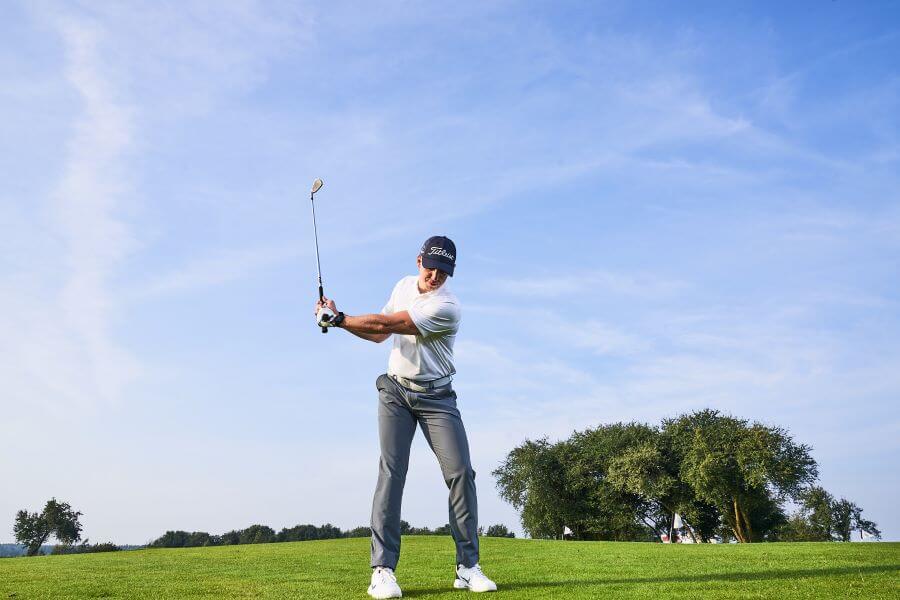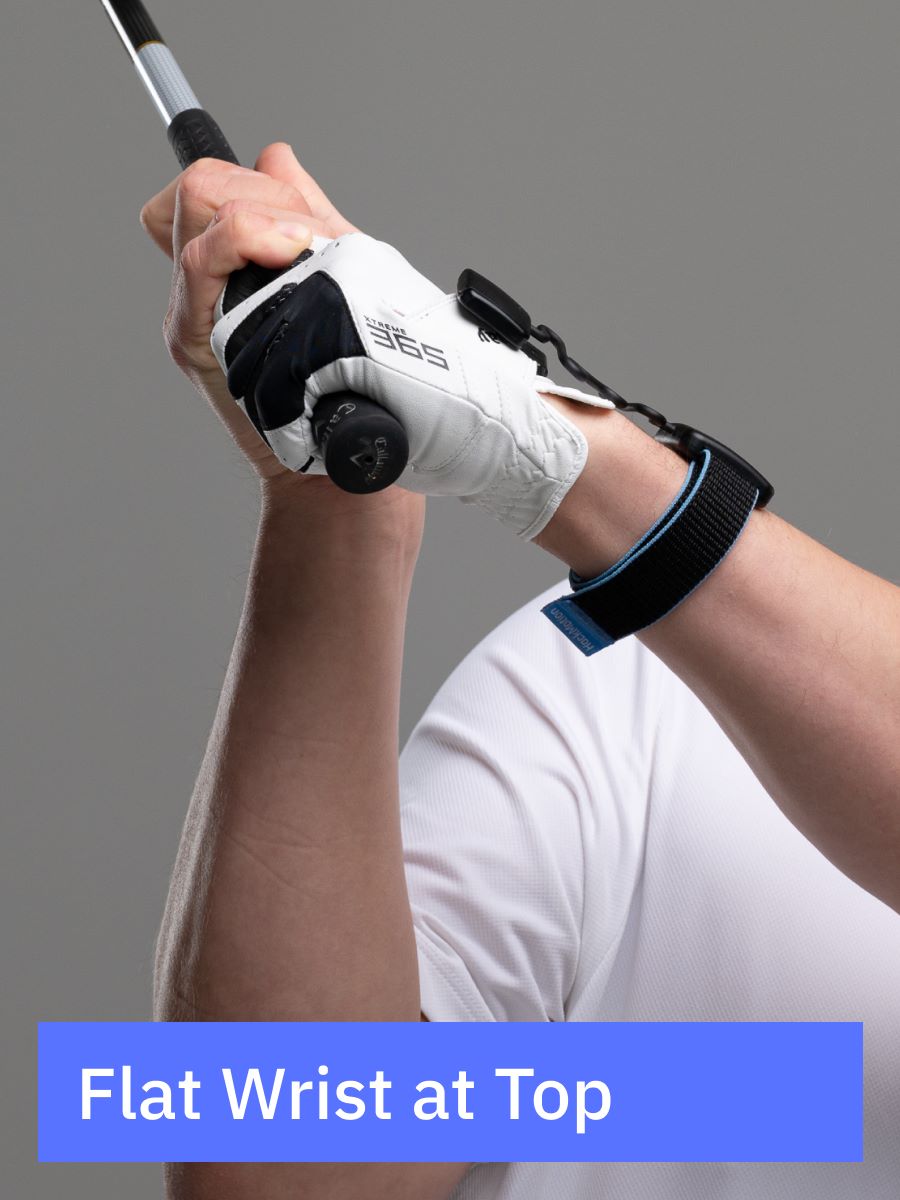Master Your Clubface Control: Achieve Consistency and Improve Accuracy
Until you have the ability to control your clubface in the golf swing, it becomes very difficult to hit consistent and accurate golf shots.
The wrists control the clubface in golf, and the angle of your clubface at impact determines if your shot goes left, right, or straight.
Learning to control the clubface is a step every golfer serious about the game must take. We will show you what you need to do to control the clubface in golf and the drills you can practice to master it.
How to Control Clubface (Key Takeaways)
If you don’t have time to read the entire guide on mastering clubface control, here are the most important takeaways.
- The clubface is controlled by the wrists. Until you are aware of and understand how the wrists work in golf, you’ll have a difficult time controlling the ball flight.
- The biggest issue amateur golfers face with controlling the clubface is creating too much extension in the lead wrist throughout the golf swing.
- Practicing short game shots and swings from waist-high to waist-high will help you master clubface control in the full swing.
- Setup, grip, and stance are important to ensure you are starting the swing with the proper fundamentals to achieve control of the clubface.
If you prefer to learn through video, here is a helpful and in-depth guide on how to master your clubface control.
Contents
Why Does Clubface Control Matter?
The better you control the clubface, the better your chance of hitting the golf ball straight.
The wrist position controls the clubface.
The amount of flexion or extension in your lead wrist at any given time in the golf swing controls the angle of the face.
Most golfers have too much extension or cupping in the lead wrist at the top of their backswing and again at impact. This position can lead to slices and unwanted fades.
How is the Clubface Controlled at Impact?
Once you get to the impact position, it’s too late to fix the clubface position.
The clubface at impact is controlled by:
- Where does your clubface start (i.e. do you have it square when you set it up)
- Grip strength and hand position
- Forearm rotation just before the golf ball
- Lead wrist flexion/extension at the top of the backswing and in the early parts of the downswing.
How Lead Wrist Extension/Flexion Influences the Club and the Clubface
The better the position you can get your lead wrist in throughout the golf swing, the easier it is to control the clubface.
More flexion in the lead wrist closes the clubface, and more wrist extension opens the clubface.

After analyzing more than 1,000,000 golf swings with the HackMotion, we know that the best players in the game have a flat or slightly flexed lead wrist at the top of the backswing.
At impact, these players once again have a flat or slightly flexed lead wrist.
Wearing the HackMotion is like having a coach on your wrist telling you exactly where the issues are in your swing.
How to Improve Clubface Control?
If you are ready to start learning to control your clubface, these are some of the best drills and practice routines to help you get there.
Mastering your clubface control takes time; you’ll have to work on these drills over time for your game to improve.
Adjust Grip Strength
Grip strength is not how tight you hold the club; it’s the positioning of your hands on the grip. The twisting of the hands to the left or right determines how strong or weak your grip is.
Golfers with a strong grip tend to have an easier time closing the clubface at impact. Golfers with a weak grip tend to leave the clubface more open during impact.
The neutral grip is considered standard, but some golfers need something a little stronger to master clubface control.
If your grip has to be a little stronger or weaker than neutral that is ok. Wearing HackMotion while you practice can help ensure your grip is not too strong or weak and that you have a consistent grip position from one swing to the next.
Get the Lead Wrist Flexion Right
Lead wrist flexion at impact is key to getting the clubface square and hitting a straight shot.
There is no perfect wrist angle that is a universal goal for all golfers. However, there are patterns that we see from great players like Tiger Woods, Rory McIlroy, and Tommy Fleetwood.
These golfers do not add extension to the lead wrist in the backswing, and at impact, they have a flat to slightly flexed lead wrist position.
If you can groove this position and start to repeat it in your golf swing, you’ll deliver the clubface square to the ball.
Hit Short Shots Until You Have Control
If you don’t have control over your clubface on a golf swing from waist high to waist high, you won’t have it in the full swing.
One of the best ways to start to learn to master your clubface control is to practice short shots. Play around with grip position and wrist angles for these shorter shots until you can do it with confidence.
This video gives a few great drills to help you master these important positions in the swing before you move on to full swing clubface control.
Tee in the Ground Drill
A simple but effective way to bring more awareness to the position of your clubface is to put a tee in the ground just ahead of your golf ball. Leave it about four or five inches in front of the ball.
Your goal is to keep the clubface square when you swing over the tee.
Some golfers just need to become aware of the angle of the face and how it is going to impact their golf swing.
Forearm Rotation to Establish Control and More Power
If you remember, one of the things that will impact the angle of your clubface at address is the amount of forearm rotation in your swing, especially when approaching the golf ball.
Proper forearm rotation not only helps to establish control but it creates more power in this swing. Rob Cheney will walk you through how forearm rotation will improve your chance of striking the ball with consistency.
Final Thoughts
The secret to clubface control is in the wrists. If you can master the wrists in the golf swing using HackMotion, you will have a clubface that is square at impact.
Wearing the HackMotion on the wrist when you practice is like bringing your coach with you to the range. A square clubface means you can work on increasing power and getting the distance that you want out of your game.
All it takes is a little time on the range, the right technology, and the understanding of what goes into having a square clubface.





